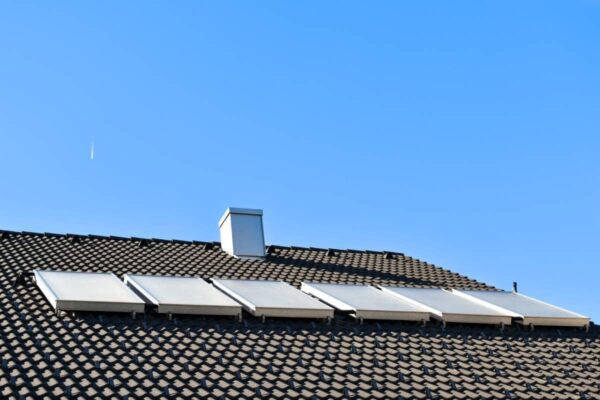There are several different factors to consider when it comes to going solar. From the type of solar panel you need to install to the size of your solar system and the number of panels you need, many factors ultimately determine how much you will save by going solar. But going solar isn’t as easy as comparing the cost of solar panels and the price of electricity; several misconceptions and myths need to be cleared up before you make the switch to solar.
Myth #1:
Solar only works when the sun is shining
While the sun can only provide you with solar energy when it is shining, that does not mean you can only use solar power when the sun is shining. The energy generated by your solar panels is stored for future use. The solar power collected by your solar panels is stored in a solar battery for future use. It is this reason that makes solar power so reliable and efficient. Solar panels produce electricity in any weather conditions and continue to produce electricity even if the sun isn’t shining or clouds are blocking it.
Myth #2:
Solar panels are expensive and take up a lot of space
Solar panels are not as expensive as you would think. While the initial cost of installing solar panels can be a little more than what you would pay for electricity, they will save you money on your energy bills in the long term. In addition to this, solar panels are relatively small and can be installed on just about any roof.
Myth #3:
Solar panels don’t work in cold climates
Solar panels actually work optimally in cold climates. As long as there is sunlight hitting your solar panels, they will be generating energy. The main thing that interferes with Solar energy production in cold climates is not the fact that the panels don’t work in cold climates, but rather that the solar panels get obscured by snow or ice and therefore are not able to absorb as many rays.
Myth #4:
Solar panels are unreliable and will break down
While many factors can impact the reliability of a solar panel system, one of the main factors is the quality of the panels themselves. There are many different types of solar panels, and each type has its advantages and disadvantages. While you may not notice any difference in your energy bills, your panels will likely last longer than expected if you choose to go with a high-quality solar panel system.
Myth #5:
Solar panels only work on flat roofs
Many people assume that there is no point in installing solar panels on their roof if it is sloped or curved. However, this is not true; even if your roof is sloped or curved, there are still some options available to you that will allow you to go green without sacrificing space on your roof. For example, several solar energy kits come with mounting brackets attached to sloped or curved roofs and can still generate enough electricity for your home’s needs.
Conclusion
While many benefits come with installing solar panels, there are also a few drawbacks to consider. For example, you will have to ensure that your roof is structurally sound enough to sustain solar panels, and you may have to deal with some aesthetic concerns if you have a highly sloped roof. However, it is well worth the cost and effort to go green for most people.









